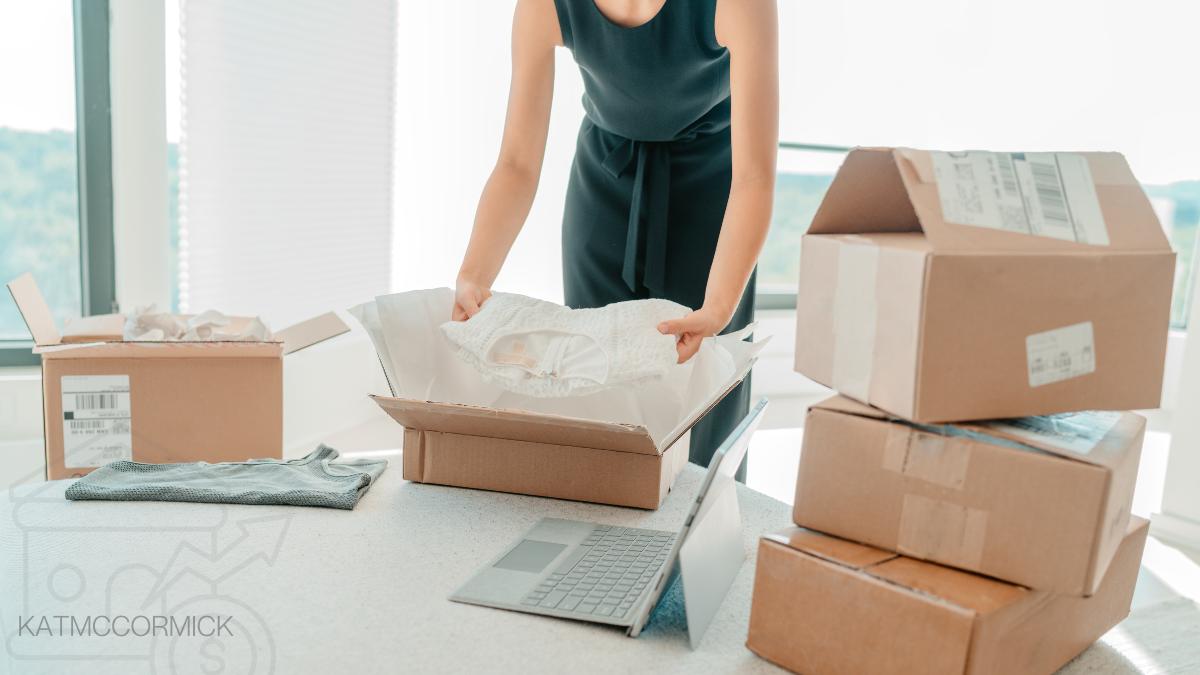Moving and storing valuables items can be difficult tasks in and of themselves. The safety of your most prized items should be your top priority whenever you relocate or look for a new safe storage space. In this comprehensive tutorial, you will learn the best practices for safeguarding your most prized possessions during movement or storage. You will discover everything that you require to keep your assets secure and sound here, from the experienced insights of others to the guidance that you can put into effect right away. This includes both the advice and the experienced insights of others.
1. Assessing Your Valuables
Take an inventory of your prized possessions before packing them up for transport or storage. Organize your belongings by type and rough value, and write out the whole list. This step will help you organize and prioritize your preparations for their protection.
2. Choosing the Right Containers
When relocating or storing valuables, it is essential to use appropriate containers. Choose crates, boxes, or other protective packaging made especially for fragile objects. Spend some money on sturdy packing supplies like bubble wrap, foam, and packing peanuts to cushion your shipment.
3. Labeling and Organizing
Assuring the safety of your belongings can be as easy as labeling your storage containers. Identify the contents of each package and note whether or not it is fragile. Don’t risk damaging your belongings by stacking them haphazardly; instead, arrange them in a sensible fashion.
4. Hiring Professional Movers
Hiring expert movers is frequently a good idea when transferring expensive items. They know how to handle fragile objects since they have the training and tools for it. Find a reliable moving company with a history of safe transit by reading reviews online.
5. Insurance Coverage
When moving or storing expensive belongings, it’s important to protect them with insurance. Find out if your current renters’ or homeowners’ policy provides coverage for your belongings while they are in storage or transit. Consider purchasing additional coverage if your current policy doesn’t meet your needs.
6. Climate-Controlled Storage
Choose climate-controlled storage for long-term storage of sensitive items. Artwork, electronics, and antiques are all protected from environmental degradation by these units’ consistent temperature and humidity.
7. Security Measures
The safety of your kept items can be maximized by selecting a storage facility with robust security measures. Watch out for things like alarm systems, locked doors, and surveillance cameras. Possessing self-assurance is crucial.
8. Regular Check-Ups
Even when they’re in storage, your assets still need to be monitored. Make regular visits to your storage unit to look for any signs of damage or difficulties so that you can address them right away and keep your items safe.
9. Document Everything
Keep a thorough inventory of your valuables, complete with images and descriptions. In the event of theft, vandalism, or natural disaster, having this evidence on hand will greatly aid in filing insurance claims and recovering stolen or damaged property.
10. Securing Your Precious Items
Here we will discuss in greater detail particular methods and recommendations for protecting your valuables during relocation and storage. This section contains the meat and potatoes of our guide, full with helpful recommendations and insights from our experts.
Moving and Storing Valuables: FAQs
How can I prevent my valuables from getting damaged during a move?
Use bubble wrap and foam to cushion fragile objects, seal boxes securely, and clearly label boxes to indicate which items are fragile. If you have fragile items, you may want to look into hiring expert movers.
Is insurance necessary when storing valuables?
Having your belongings insured is a must. Verify the scope of your current insurance coverage, and think about adding on if necessary to ensure the safety of your most prized possessions.
How often should I check my stored valuables?
At the very least once every few months, you should go over your storage unit and look for your belongings. This will help you maintain things in working order and catch problems early so you can fix them.
Can I move and store valuable artwork safely?
Artwork is fragile, but it can be moved and stored safely with the right packaging materials, climate-controlled storage, and experienced art movers.
What steps should I take if I discover stolen property?
Immediately report to the police every time you have reason to believe that your property has been stolen. Call your insurance provider if you have any paperwork to submit.
Final Words
Relocating and storing your belongings should not be a difficult ordeal. Your valuables can be protected from harm if you take the time, effort, and safeguards to arrange for it. Always keep in mind that taking precautions to safeguard your belongings is a wise financial and emotional move.

